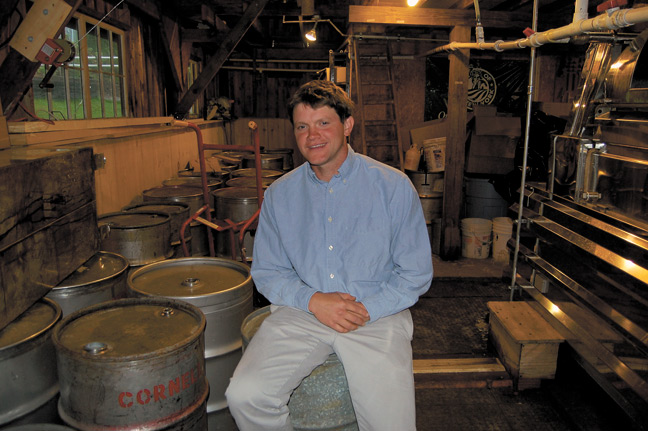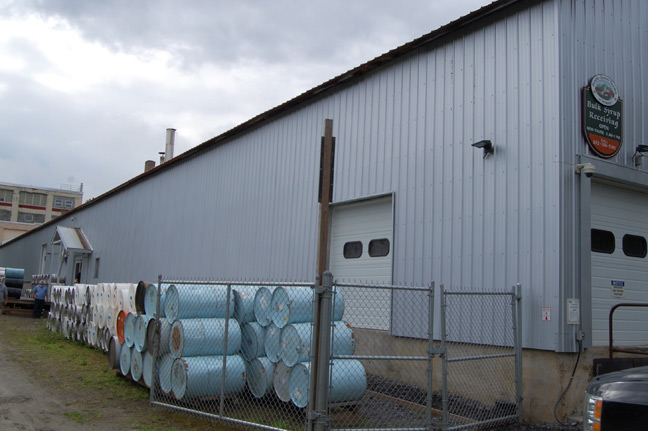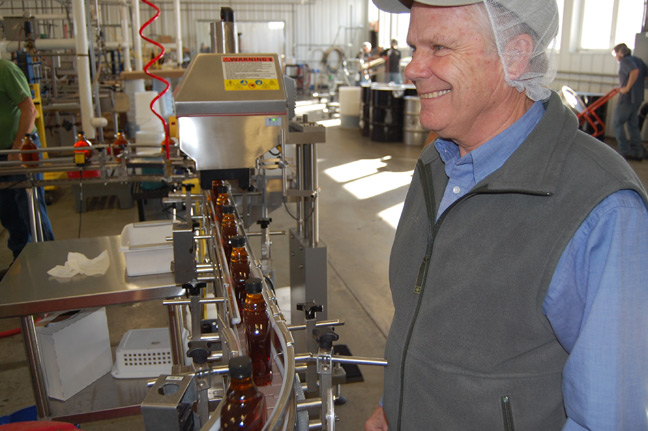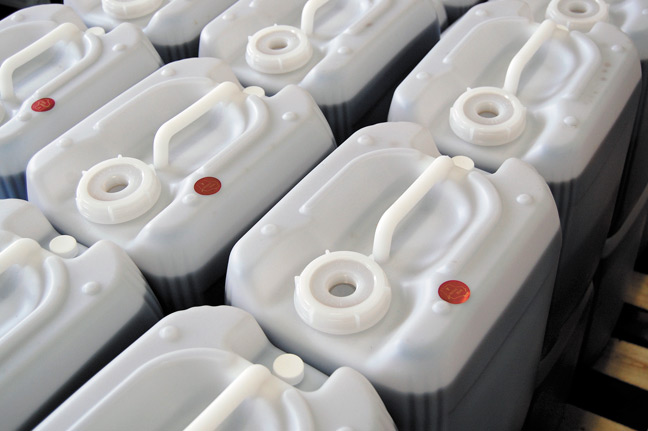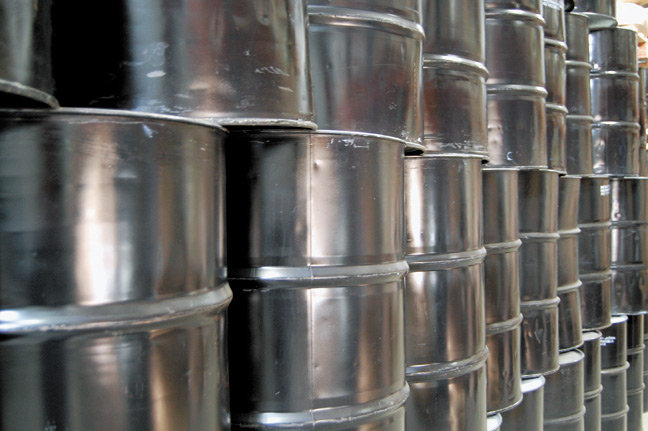Sap & Syrup
Expect significantly lower bulk syrup prices in 2016
You might have to adjust your business plans according to market conditions
By MICHAEL FARRELL |
Bulk syrup prices are expected to be significantly lower when you go to sell your crop this spring, and it has absolutely nothing to do with how much syrup is made. With most agricultural products, prices are usually correlated with the size of the harvest. If there is a shortage, prices will rise and if there is a surplus, then prices will likely fall.
However, unless there is an extreme shortfall due to weather conditions, prices will almost certainly be lower than last year, even without a bumper crop. As a sugarmaker, it is important to understand how bulk syrup prices are calculated and perhaps adjust your business plans according to market conditions.
The Federation of Maple Syrup Producers of Quebec determines the minimum pricing that will be paid by packers in advance of the season. Since all commercial sugarmakers in Quebec must belong to and sell their bulk syrup through the Federation, and given their large market share (70-75%), the Federation has the ability to dictate pricing for the industry as a whole.
The good news is that the price for the top grades has actually gone up from $2.92 per lb last year to $2.95/lb for this coming year. However, the bad news is that this figure is in Canadian dollars. If it were in US dollars, things would be looking a lot better for us right now. In the global economy, our economic fate as sugarmakers is tied directly to the US-Canadian exchange rate, which in turn is impacted by the price of oil and a myriad of other factors that we have virtually zero control over.
In May of 2015, the Canadian dollar was approximately 80% of the value of the US dollar and thus bulk syrup prices were around $2.35/lb. As I am writing this, that figure has fallen to about 71% (and it has been even lower). Nobody knows what it will be when prices come out in April or May, but many economists think the current slide will continue. Thus, there is a good chance that the Canadian dollar will be around 70% of the US dollar this spring when bulk prices are established by US packers. Based on the current exchange rate and the minimum prices set by the Federation, we should expect syrup prices to be about $2.10 to $2.20 per pound for the top grades this upcoming season.
It is important to realize that as the maple industry was rapidly growing in the US over the past five years, things were much different. Figure 1 displays the US-Canadian exchange rate from 2011 to 2016. In 2011, the Canadian dollar was actually worth more than the US dollar, in 2012-2013 it hovered close to about par, and then heading in to 2014 it began its steady decline.
There are always winners and losers when exchange rates fluctuate, and U.S. sugarmakers had been doing very well several years ago. However, American producers are now at a major disadvantage when selling bulk syrup or competing with Canadian companies for grocery store accounts.
As a sugarmaker, what can you do during these difficult times? First of all, it’s important to realize that even if you don’t sell bulk syrup, you aren’t necessarily immune to the lower bulk prices brought about by the exchange rate. Even if you sell all of your syrup retail, you may notice some pushback from consumers who question why they should pay $16-20 for a quart from you when its only $10-12 at the grocery store (and we have definitely seen prices that low this year at some major outlets).
Many people would rather buy from a local sugarmaker, but some may not be willing to pay significantly higher prices to do so. I wouldn’t suggest lowering your prices to match lower ones found elsewhere, but you may have to ramp up your marketing efforts so that you can more easily sell your syrup without resorting to lowering prices.
If there is a bumper crop and you can afford to hold on to some of your bulk syrup this spring, that MIGHT be a smart move. There is always a chance that bulk prices could rebound in 2017 and perhaps there will even be a short crop that year, making your bulk syrup even more valuable.
However, there is also a chance that the Canadian dollar will be just as weak, if not weaker, in spring of 2017, and bulk syrup prices could plummet even further. There are simply too many variables at play, many of which we have no control over, so it’s a gamble to try to play the markets. Furthermore, many sugarmakers need to sell their bulk syrup in the spring to pay down bills, so it may not be possible for you to hold off on selling some of your barrels. Everyone has heard the expression “buy low and sell high”, so if you can afford to wait to sell some of your bulk syrup until prices go back up, you may come out ahead.
The risk here is that prices may not rebound and some of your syrup may even go bad or degrade in quality if it wasn’t filled and stored properly. There is also the opportunity cost of holding on to your inventory vs. selling the drums and investing those funds. You must consider the alternative rate of return you could earn on your money if you had it available to invest.
For instance, if you think you could earn 5% return on your funds, syrup prices would need to go up by at least 5% in the next year before you sell it in order to earn a greater return on your bulk syrup.
Finally, it is important to realize that the U.S. packers are not trying to take advantage of sugarmakers by offering lower prices this season. The reality of the market is that the U.S. packers have to compete with Canadian packers in the market and all of the large syrup accounts are extremely price sensitive.
The margins are extremely tight when selling in to these large accounts, and if a U.S. packer was paying more than a Canadian packer, the U.S. packer would either lose the account or lose money in trying to keep the account.
The maple syrup market is highly competitive, and one cannot afford to pay more than their competitors for their raw material (bulk syrup) and expect to remain in business. Thus, whatever the Federation establishes for the minimum price of bulk syrup multiplied by the exchange rate will be the going rate for bulk syrup this spring. If there is a short crop, prices could be higher, but we’ll have to wait until late April or early May to know for sure.
March 2016















